In this interview, NewsMedical speaks with Shanoo about her career progression and role in Seda Pharmaceutical regarding product development and drug delivery. She also outlines some of the services that Seda offers.
What field of science do you specialize in?
I work in the field of pharmaceutical development and biopharmaceutics. Pharmaceutical development involves designing, developing or formulating drug products such as tablets, capsules, and injectables.
Biopharmaceutics deals with the assessment of how the drug product breaks apart in the body and releases the drug to the target site of action. The selection of the right molecule and the design of the formulation are key requirements for the development of successful new medicines, particularly for a compound with poor biopharm properties.
How did you first become interested in biopharmaceutics?
I have always had a passion for science and medicine and developing new medicines to treat patients felt like an attractive career pathway for me. It was always important for me to work in a scientific field that had an impact on the quality of patients' lives and one where I could apply what I learned during my degree. The field of biopharmaceutics and pharmaceutical development allows me to achieve this goal.
Biopharmaceutics is a great mixture of different elements from a range of different scientific disciplines, like chemistry and biology. It requires an understanding of the molecule’s properties, the desired pharmacokinetic (PK) profile or in vivo performance requirements of the drug product, the (patho)physiology of the disease, which is linked and built into the design of the formulation.
How has this field developed over the past two decades?
At the start of my career, there was a heavy focus on the development of conventional oral formulations such as tablets and capsules. However, the number of poorly soluble molecules coming through from discovery has significantly increased over time. Poorly soluble molecules present a challenge to absorption leading to the development of more sophisticated and complex drug delivery systems. Furthermore, a significantly larger portion of development is now focussed on alternative routes of administration, such as subcutaneous and intramuscular which have a completely different set of considerations from a formulation perspective.
Another aspect that has changed over the past two decades is the use of in silico modelling or mathematical modelling that helps us predict and develop the right candidates, predict in vivo performance or select a particular formulation type. These predictive techniques have broad applications and are becoming more accepted by regulatory authorities. This has been really interesting to see.
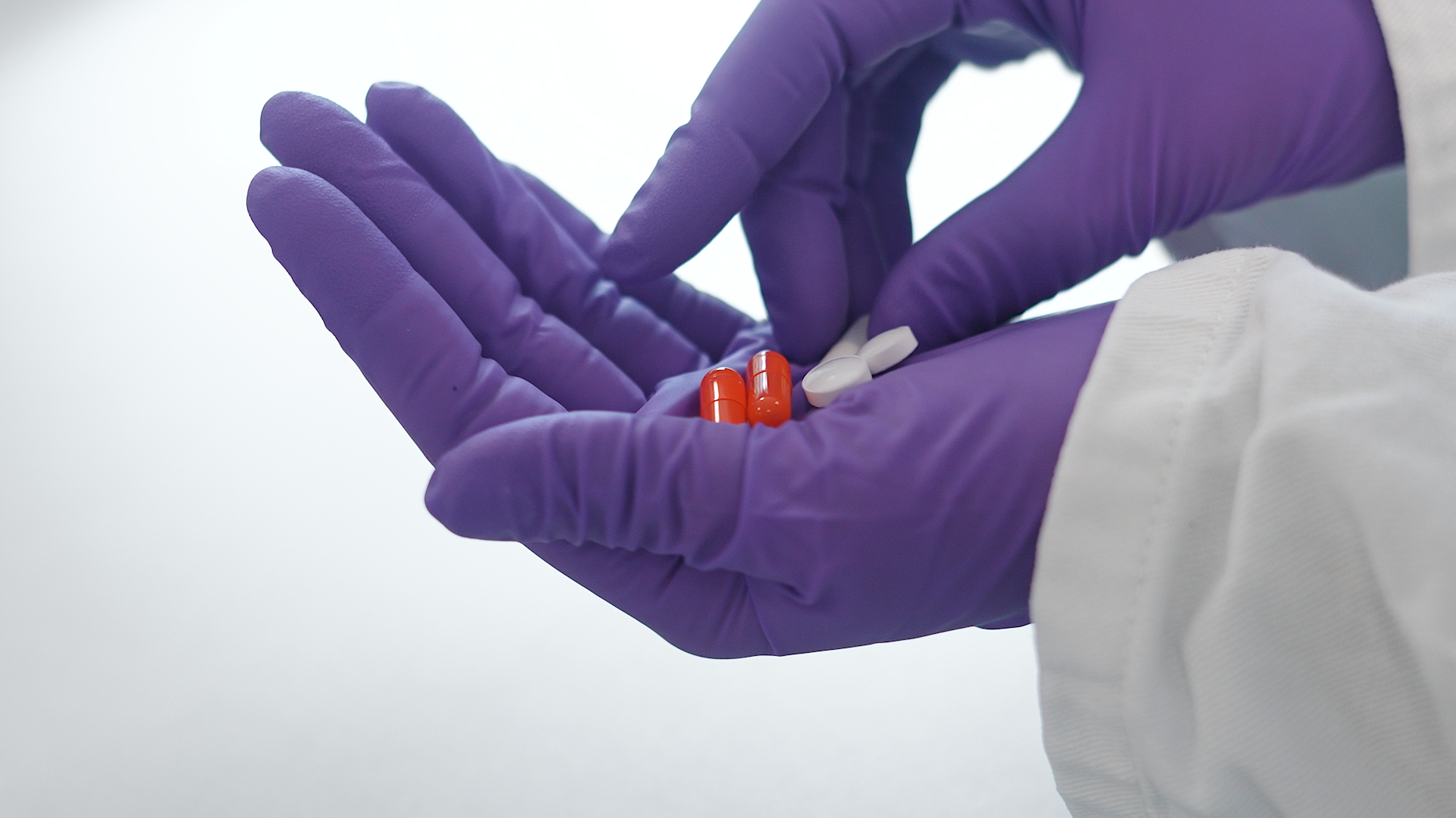
Image Credit: Seda Pharmaceutical Development Services
How was Seda founded?
Seda was founded around seven years ago by Paul Dickinson and Marcel de Matas; both held senior global roles within big pharma and decided to set up Seda in 2015. They set about providing an integrated pharmaceutical development and clinical pharmacology consultancy to support the biotech industry.
Small to medium-sized companies that did not have in-house CMC (Chemistry, Manufacturing and Controls) or formulation development expertise were the initial target client base. We wanted to support and help the biotech sector develop their medicines in an integrated fashion, streamlining development to bring new medicines to the market faster, ensuring the product has the right in vivo performance (i.e. would reach the target site of action at the correct rate and concentration to be a safe and effective treatment), but also to be able to manufacture these formulations in a robust manner.
This is what truly set Seda apart from other CDMOs and CROs as we are linking two really important principles together, Clinical Pharmacology and Pharmaceutical Development.
It was purely consultancy when it started. Then, over time and with the appointment of Paul Stott as CEO in 2019, the company entered a phase of significant growth, enabling the development of three main service offerings – consultancy, modelling and laboratory services. The consultancy support is growing from strength to strength and is now supplemented by a modelling offering in which we help support our clients with the prediction of formulation performance, dose selection, PKPD modelling, and a whole range of other modelling applications. Furthermore, our laboratory services mean we can design and develop formulations in-house for our clients.
What is your role within Seda?
I joined Seda in 2018 as a principal scientist, but my role has since evolved. In 2020, I went on maternity leave, but upon my return in 2021, I was promoted to Senior Principal Scientist, and now Director of Pharmaceutical Science. My role now involves supporting the growth and expansion of Seda by providing leadership and development to the people working at Seda and delivery of the portfolio of laboratory-based projects and consulting on projects from preclinical to late clinical stages and commercial development.
Can you explain Seda's work with pharmaceuticals?
At Seda, we work with a wide and diverse range of projects with molecules demonstrating really challenging properties such as low aqueous solubility or low permeability and pre-systemic metabolism.
The team at Seda has decades of big pharma experience and have taken multiple molecules from discovery to clinical development, through regulatory filing and defence and through to approval of that drug.
So we can support our clients at all phases of development. We have the breadth and depth of product knowledge.
Seda's services can be described with what we call our four Ps; product design, performance, approval, and supply.
We have world-leading expertise in product design and application of conventional and novel formulation and drug delivery technologies to give our clients, and their assets, the best chance of success. In terms of product performance, we have expertise in in silico and in vitro techniques to predict product performance to help guide the selection of the most appropriate formulation technology, de-risking our clients' clinical programs. Regarding product approval, we have extensive regulatory experience and can help guide, author, and defend our regulatory submissions on behalf of our clients. Within the company, we have seen 15 products get through development, get approval, and are now on the market. So that is a huge amount of knowledge and experience we can provide our clients.
The final P refers to product supply. We are very much focused on the design of the formulation and getting that right. We will then transfer that formulation composition and the manufacturing process associated with that formulation to a CDMO or CRO that can manufacture that under GMP to supply to clinical studies. So the last P, product supply, is identifying the right partners for our clients, to ensure they will be able to manufacture and supply the drugs to patients as needed.
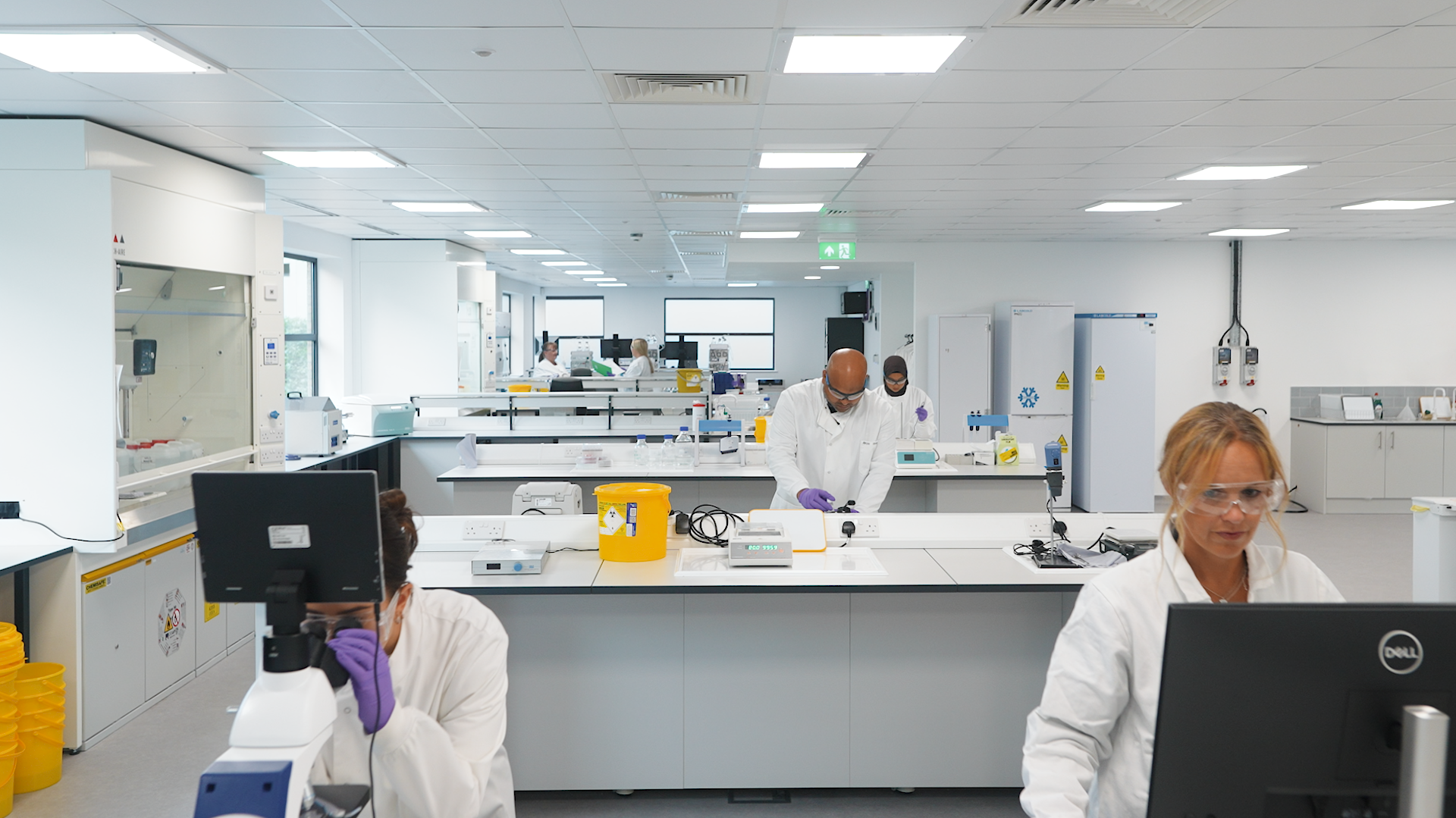
Image Credit: Seda Pharmaceutical Development Services
How does Seda design pharmaceuticals that meet the need of diverse patients?
One of our fundamental principles is to really understand what the patient needs are. This involves identifying the patient's demographic, the indication being treated, the frequency of the drug delivery, key symptoms, patient’s environment, optimal dose, regimen and release profile to balance safety, efficacy and patient convenience. This is very important because the product should be convenient to use. For instance, paediatrics or younger children cannot swallow tablets or capsules. Therefore, a big tablet is not suitable for a paediatric patient and care should be taken during the drug design phase.
One of the first tasks when we start working with a client is to understand all of the different attributes which lead to a quality target product profile (QTPP). This is a summary of the attributes of the drug product that should be designed into the formulation. Seda then design and develop a drug product suitable for that specific group of patients whilst also ensuring the product can provide adequate exposure to treat the patient and can be manufactured in a robust and controlled manner.
How does working with a relatively small team at Seda compare with your previous position at Big Pharma?
My role and responsibilities are very different at Seda compared to my role in big pharma. When you work in a big pharma company, you are one very small part of a very big machine. Although this helps you tap into other people, teams, and departments, being in such a big organization sometimes means that learning and development opportunities are scarce. The career progression within big pharma can be quite challenging. The hierarchy of big pharma companies is like a pyramid, with very few positions at the top.
I joined Seda quite early on and working in a small team, meant that my role was remarkably diverse and varied. There were a lot more opportunities to support clients developing new medicines, which is the most important thing for me. I am working on projects across all stages of development, whereas at big pharma, I was focused on just a specific stage.
Since joining Seda I have had the opportunity to work on not only a vast range of new scientific projects but I am also an integral part of the growth and expansion of Seda and have a great team around me who have supported me along this journey.
Can you explain the advantages of having a smaller team and then how it benefits your clients?
In a small team, we are able to partner closely with our clients, understand their needs to deliver effective, integrated solutions. We can be agile and flexible, deliver to tight timelines and respond rapidly to new opportunities (eg through purchase of new kit or onboarding of new expertise) as they arise. We can prioritize, move pieces of work around, and invest in equipment quickly when we need to. Speed and flexibility are the key advantages of a smaller pharmaceutical company.
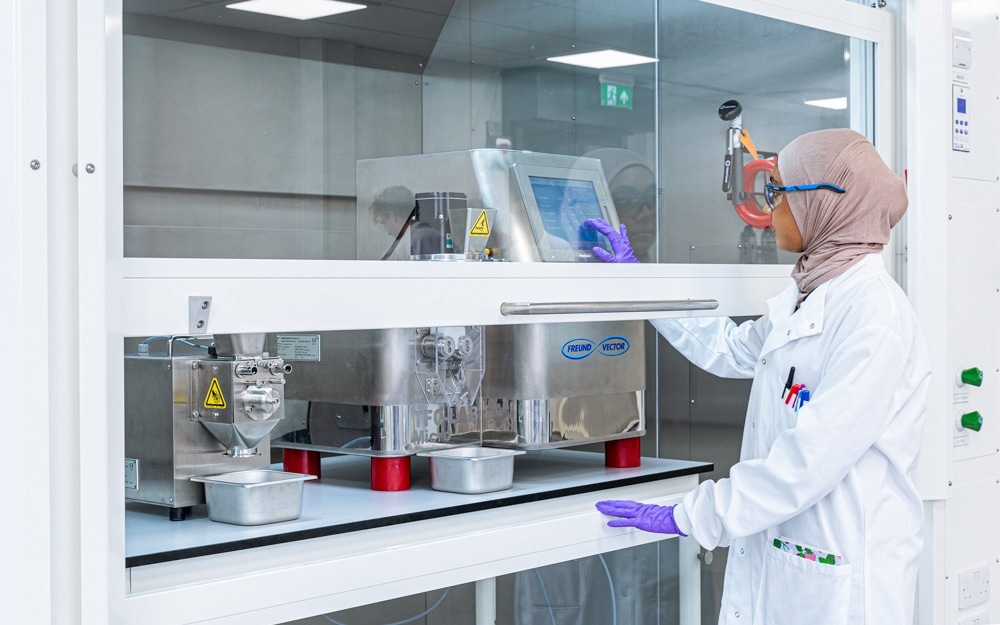
Image Credit: Seda Pharmaceutical Development Services
How does Seda plan to grow over the coming years?
Seda's approach to pharmaceutical development is to apply our scientific excellence to each molecule and client's asset. What this means is that we do not have a one size fits all solution. Each client is an individual, and each molecule is unique; they all have different properties. So we evaluate them and decide what the best approach is. We do not have standardized processes for everything.
This is what sets us apart from the rest of the CDMO, CRO world. The molecules that we work on tend to be challenging and complex. Rarely are we asked to support clients with standard, highly soluble molecules. They come to us because we have the expertise in the more challenging molecules. We aim to be the premier science-led CRO in the industry, with the agility, speed and quality our clients need.
In terms of growth, we do not have a business plan that says we want X number of clients in three years. We try to look and find the opportunities in the market then execute them. We are lucky to have the ability and the mindset to jump on those opportunities and respond to them quickly. The pharma world is changing with regard to the types of molecules in development and the types of delivery systems required; some of them are very early on in their development.
We have recently moved into our own facility where we will continue to build our infrastructure, capabilities and recruit energetic, dynamic and entrepreneurial scientists looking to thrive in a fast pace vibrant stimulating environment in order for us to provide an end to end offering for our clients, particularly for those more challenging complex molecules, new modalities and problematic compounds.
Can you explain some of the challenges the pharmaceutical industry may face over the coming years and how does Seda intend to overcome those challenges?
Some of the challenges that the pharmaceutical industry may face in the coming years are associated with the range and the complexity of the molecules, drug products and drug delivery systems. New molecules can be exciting, but they bring significant challenges.
The accelerated approval and the widespread use of the COVID mRNA vaccine has nevertheless opened some fantastic opportunities for the development of similar nucleic acid-based therapies, which could have a widespread application for other vaccines, infectious diseases, cancers, and a range of genetic disorders. The delivery system plays a crucial role in getting the mRNA to the site of action and how it distributes throughout the body, and therefore has major impact on the safety and efficacy of such products.
One of the biggest challenges with nucleic acid-based therapies is identifying CROs/CDMOs with the right expertise, capacity and quality standards to design and manufacture such formulations, whilst ensuring good translation between preclinical and human data. Regulatory guidance in the area is still lacking, therefore understanding what the regulators are looking for is another challenge. Seda and their network of collaborators are well placed to help in this regard.
The number of pharmaceutical and biotech companies adopting a business model fully reliant on outsourcing of the development and manufacturing activities has significantly been growing over the last 5 – 10 years. One of the biggest challenges is finding the right development and manufacturing partner and in particular one which can provide flexibility in manufacturing to meet increasing demands to deliver drugs at a rapid speed.
One of the other challenges associated with manufacturing is that there has been a significant increase in developing or repurposing drugs for orphan or rare disease indications. These are the types of diseases that affect only a very small portion of the population. With these rare diseases, big batches are not required; finding the right CDMO or CRO with the right scale and equipment to meet the demands can also be quite challenging.
Another challenge, especially in oncology, is that the compounds used can be highly potent. A very small amount of the drug can have an effect and can treat, but there is also a very small margin between treatment efficacy and safety. So handling these compounds can be challenging, and finding the right partners with the right containment and the right infrastructure in place to handle these can be quite challenging. One example of how we have adapted is that we have moved to our new facility in Cheadle Royal. At this new location, we have processing suites that are fully equipped to handle highly potent APIs for the larger manufacture of oral dosage forms such as tablets and capsules.
Discover more about Seda and Seda’s services here
About Shanoo Budhdeo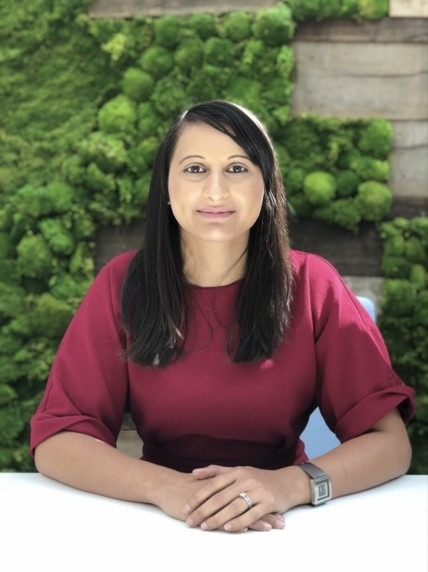
Shanoo is Director of Pharmaceutical Science at Seda Pharmaceutical Development Services. Prior to her current role, she spent 12 years working at Big Pharma as a Biopharmaceutical Scientist within Pharmaceutical Development. She studied at the University of Leicester receiving a BSc Honours in Cell Physiology and Pharmacology and joined AstraZeneca after she completed her undergraduate degree.
About Seda Pharmaceutical Development Services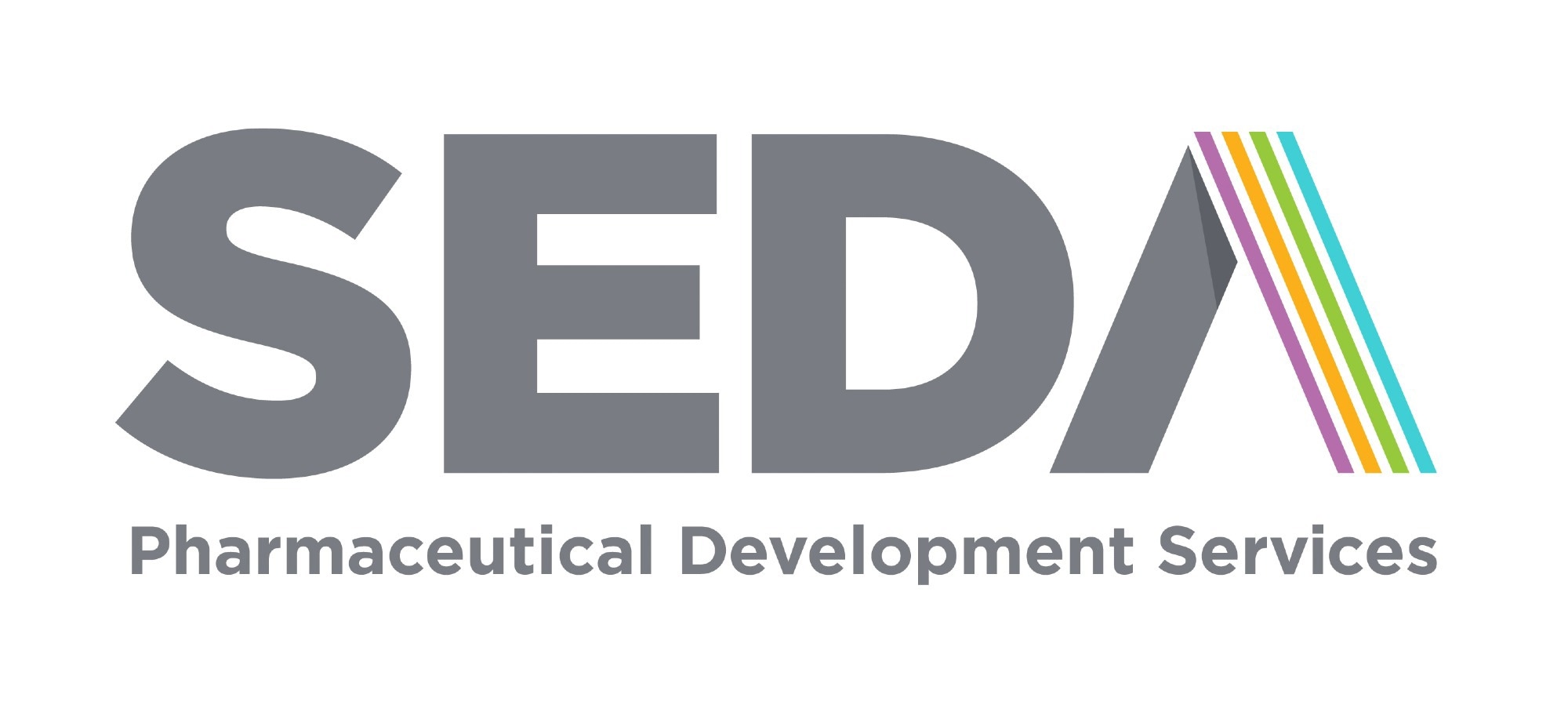
Seda Pharmaceutical Development Services provide Integrated Pharmaceutical Development and Clinical Pharmacology services and consultancy to the Pharma and Biotechnology Industries.
Our purpose is to provide the very highest levels of applied scientific expertise to our Clients to maximise the value of their development assets.
We achieve this through the pragmatic application of scientific excellence in Pharmaceutical Technology and Clinical Pharmacology. Our ambition is to provide our Clients with the experience and level of expertise that may be found in the development functions of major pharmaceutical companies but with the speed and flexibility required in the fast moving biotech sector.
Our Expertise:
- DMPK and Dose Selection
- Pharmacokinetic Modelling
- Complex Parenterals
- Paediatric Product Development
- Regulatory CMC
- Clinical Pharmacology
Our knowledge and experience allow us to quickly identify the essential experiments for the phase of development and deliver a suitable data package to meet the regulatory expectations whilst ensuring that the clinical programme has the best chance of success. Equally important is our ability to identify work that can be delayed until after the next value inflection point to ensure that the spend profile is managed appropriately.